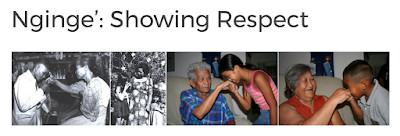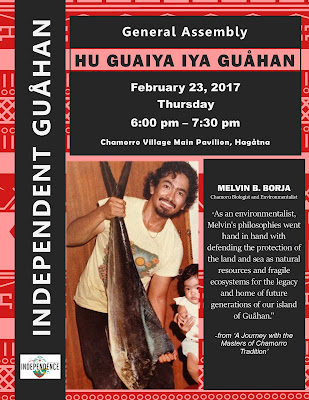Direchon i Manggayero

This is a list of items that Independent Guåhan made a few months back following the federal ban on cockfighting in the US territories. That was a very interesting time for IG and for me, since a certain part of the Guam/Chamoru community suddenly became hyper-engaged on issues of political status. For me personally, what made it interesting is that for a few weeks, everywhere I went I would end up having cockfighters talk to me and ask me questions about what can be done and what's going on. One of these days I'll write more about my reflections on that time, but for now, here is the call to action items we created. **************** What Can WE Do About the Cockfighting Ban NOW? 1. Cockfighting is Culture! It is important that we continue to defend and practice our culture in the present. Cockfighting is one of those traditions, and it is imperative that we defend our heritage. 2. Call Your Elected Leaders ! Finding and influencing elected leaders wh



